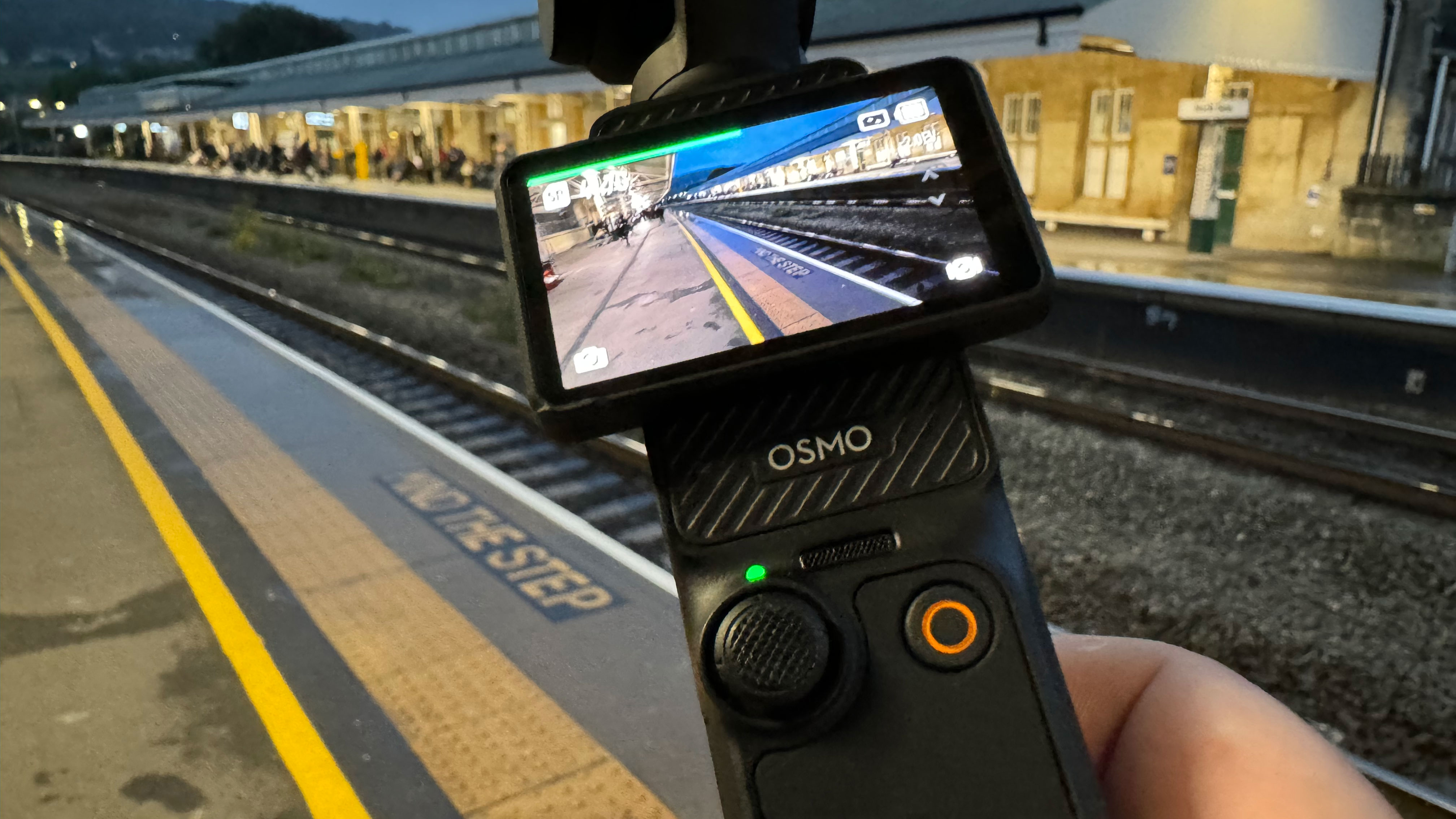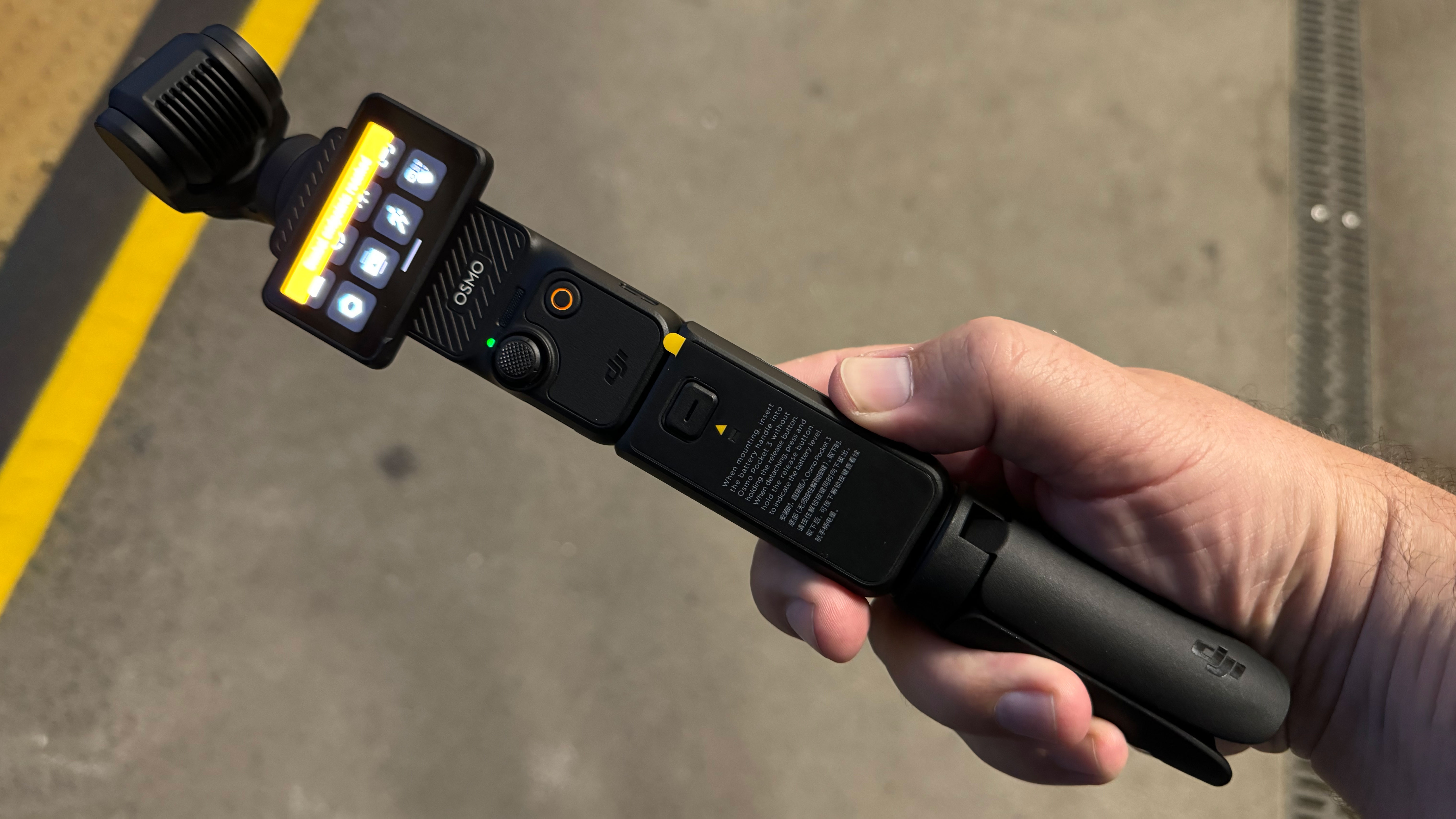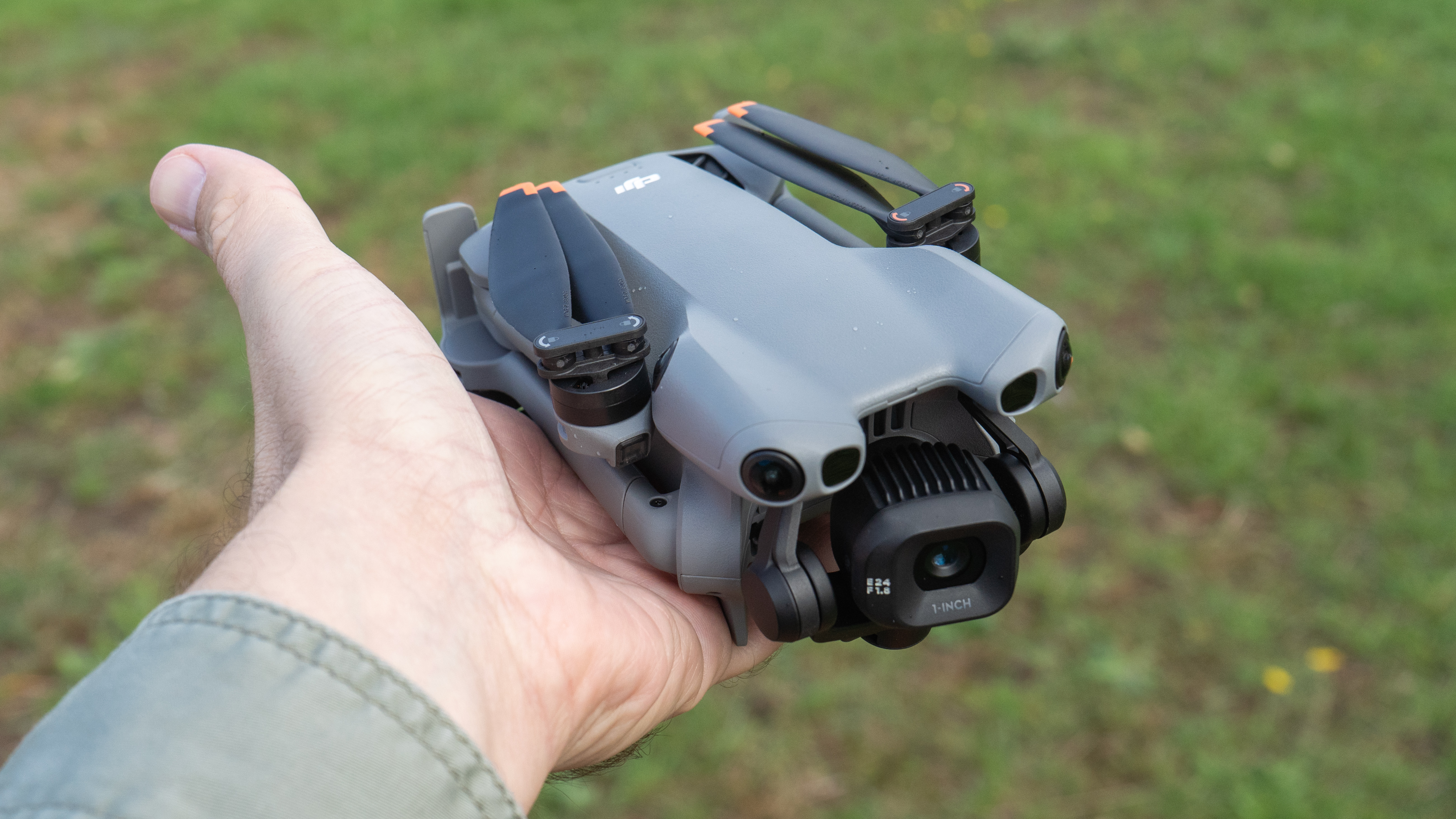The DJI Osmo Pocket 3: The “must-have” vlogging stick that changed vacation videos forever
DJI Osmo Pocket 3: The tiny camera that made phone video look lazy
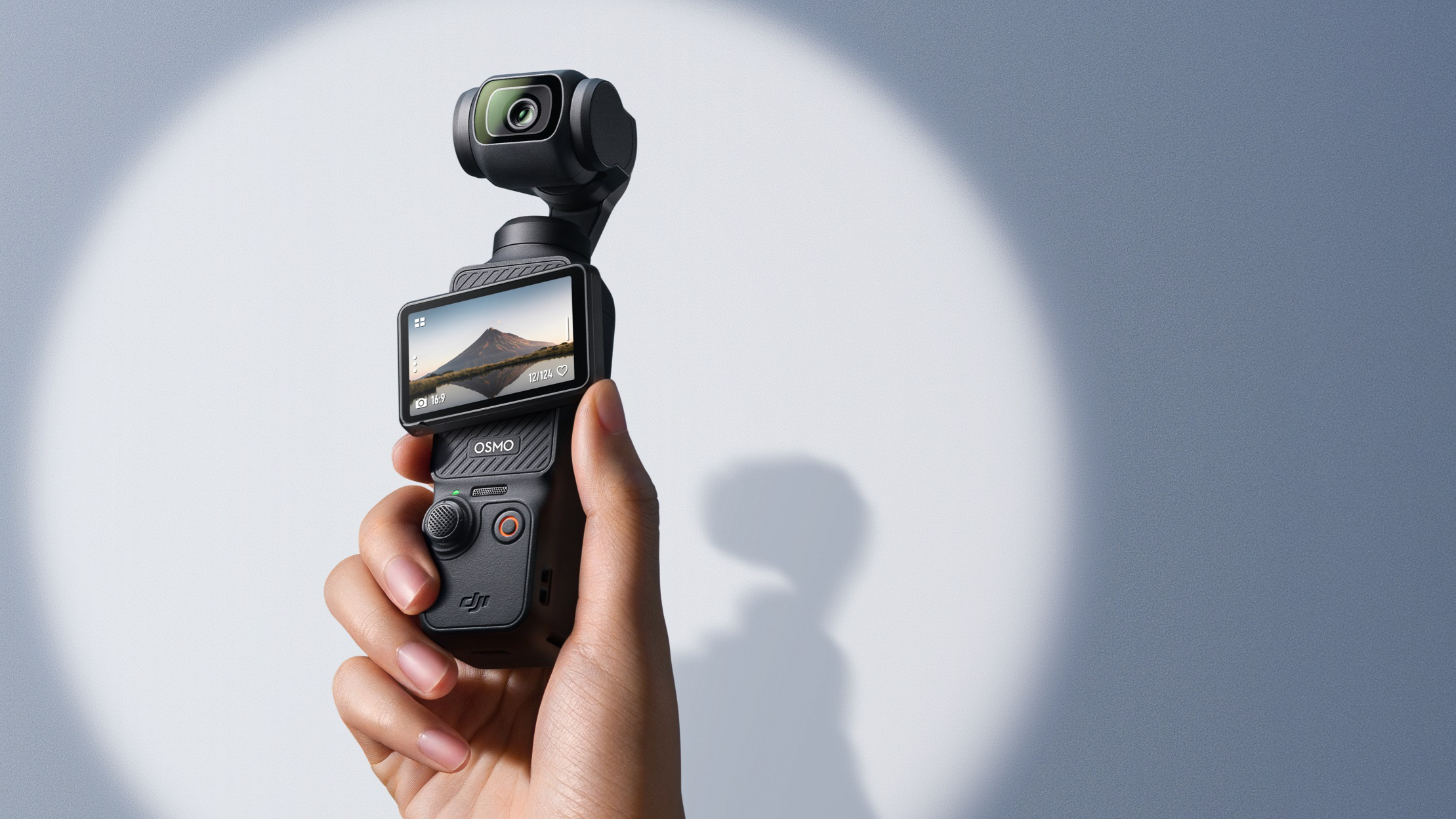
The truth is, the Pocket line always had potential - but it wasn’t until the DJI Osmo Pocket 3 that DJI finally cracked the code for everyday creators. The formula? A genuinely pocketable gimbal camera that feels as simple as a phone, yet looks like you brought a cinematographer on holiday.
The jump to a 1-inch sensor, effortless stabilization, and that clever 2-inch rotatable touchscreen made it the first Pocket that didn’t just appeal to early adopters - it converted casual travellers, parents, and first-time vloggers en masse. Suddenly, “grab-and-go 4K” wasn’t a compromise. It was the point.
Specs alone don’t make culture, but the Pocket 3’s 4K/120 option, 10-bit profiles (D-Log M/HLG), and full-pixel PDAF meant creators could shoot fast and grade later without their footage falling apart. Pair that with DJI’s proven 3-axis gimbal and ActiveTrack updates, and you get footage that looks professional even when you’re sprinting for a train or chasing a toddler down the beach. It’s the rare camera that forgives real life.
Crucially, DJI fixed the friction. The screen flips between vertical and horizontal with a twist, menus are obvious, and the camera talks neatly to the Mimo app for control and updates. Even livestreaming to YouTube is baked in, which quietly turned this tiny stick into a one-hand studio for travel vloggers and city-break storytellers. You don’t need a rig. You don’t need a learning curve. You press record and get on with the day.
That ease-of-use is why the Pocket 3 became the “must-have” travel companion. YouTubers loved the pro-leaning colour and slow-motion headroom; holidaymakers loved that it slips into a jeans pocket and charges fast; families loved that it nails faces and stays steady when little hands are waving at the lens. The Creator Combo sealed it - clean audio, better control, fewer excuses. It’s hard to overstate the impact a zero-fuss, pro-looking camera has when the alternative is juggling a phone, a gimbal, and a mic.
Timing helped. As phone video plateaued for many creators, the Pocket 3 arrived, offering a visible step-up without the bulk of a mirrorless body. Firmware support has kept it fresh, and long-term reviewers still rate its image quality and stabilisation in 2025 - proof that this wasn’t a hype cycle, but a genuine shift in how people capture travel and family life. The Pocket line always promised “cinema in your pocket”; the Pocket 3 finally delivered it in a way that stuck.
So yes, the Pocket range brought new faces into the fold - but it was the Osmo Pocket 3 that turned curiosity into a movement. By making “professional-looking” the default setting, it redefined what vacation videos, city vlogs, and family reels could look like—and who felt confident creating them. The big camera stayed home. The phone stayed as a backup. The Pocket 3 took the trip.
Shop the DJI Osmo Pocket 3
The best camera deals, reviews, product advice, and unmissable photography news, direct to your inbox!
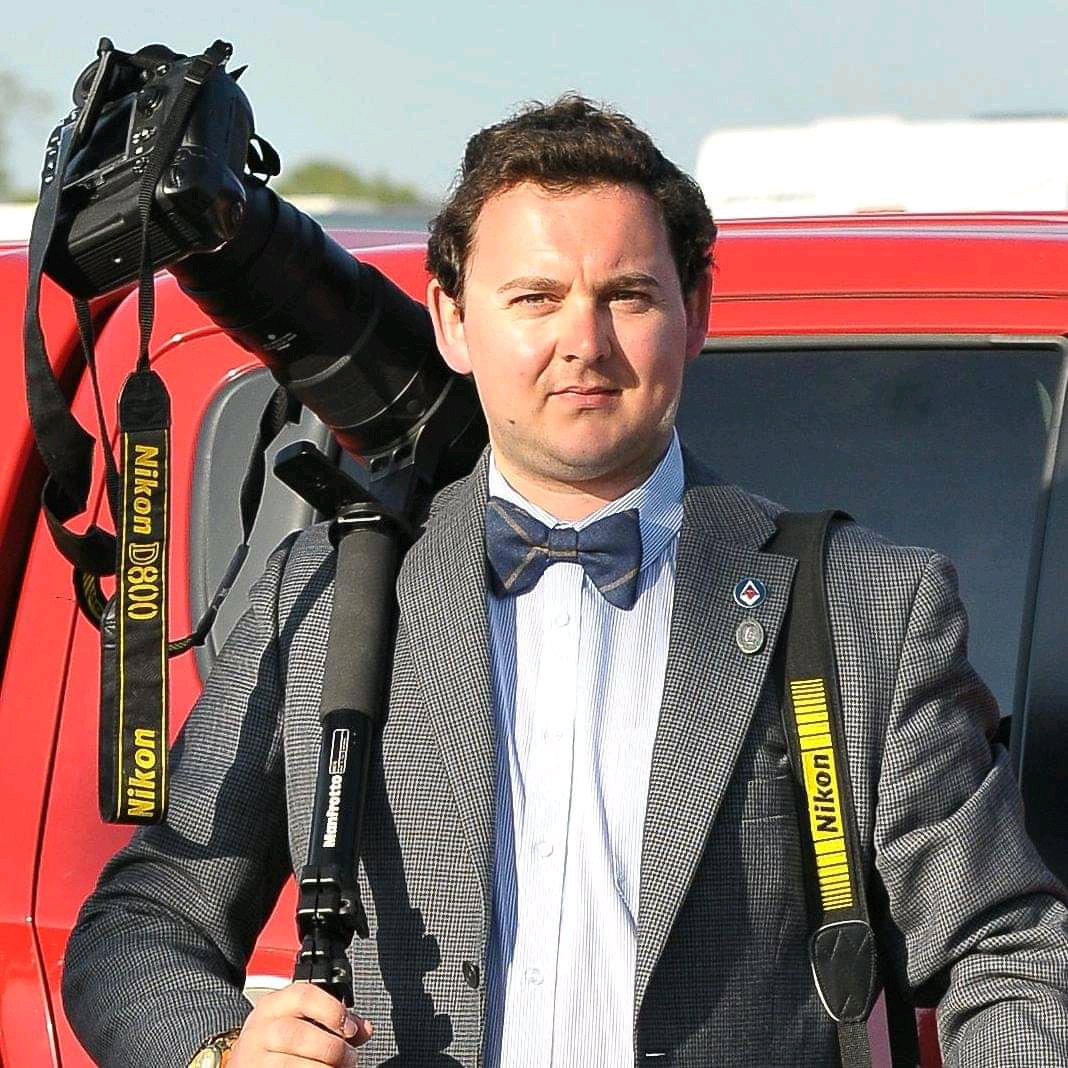
For nearly two decades Sebastian's work has been published internationally. Originally specializing in Equestrianism, his visuals have been used by the leading names in the equestrian industry such as The Fédération Equestre Internationale (FEI), The Jockey Club, Horse & Hound, and many more for various advertising campaigns, books, and pre/post-event highlights.
He is a Fellow of the Royal Society of Arts, holds a Foundation Degree in Equitation Science, and holds a Master of Arts in Publishing. He is a member of Nikon NPS and has been a Nikon user since his film days using a Nikon F5. He saw the digital transition with Nikon's D series cameras and is still, to this day, the youngest member to be elected into BEWA, the British Equestrian Writers' Association.
He is familiar with and shows great interest in 35mm, medium, and large-format photography, using products by Leica, Phase One, Hasselblad, Alpa, and Sinar. Sebastian has also used many cinema cameras from Sony, RED, ARRI, and everything in between. He now spends his spare time using his trusted Leica M-E or Leica M2, shooting Street/Documentary photography as he sees it, usually in Black and White.
You must confirm your public display name before commenting
Please logout and then login again, you will then be prompted to enter your display name.
